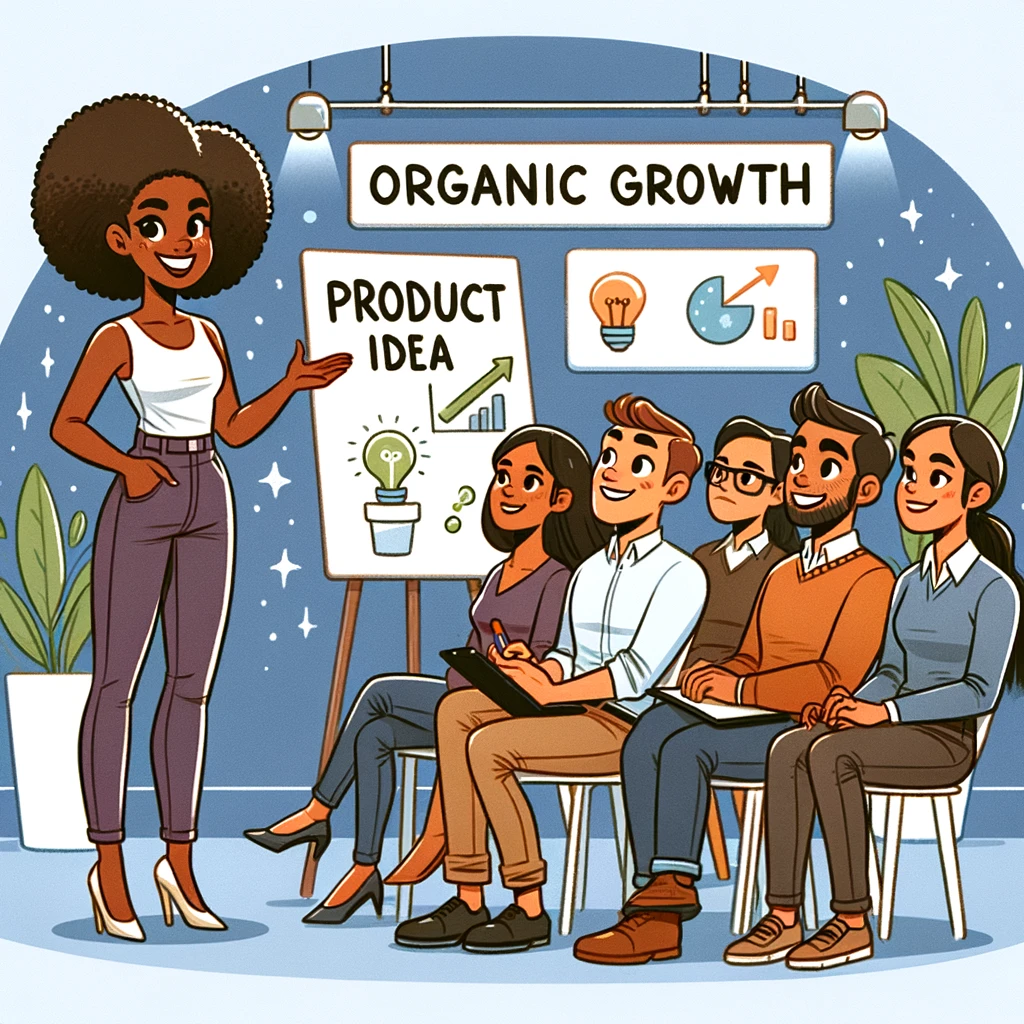Estimated reading time: 4 mins
In the world of business, growth is not just a goal; it’s a necessity. But how a business grows can vary dramatically. The two primary pathways are organic vs inorganic growth, each with its unique advantages and challenges. Understanding these concepts is crucial, not just for those in the corporate world, but for anyone interested in how businesses evolve and succeed. This article will delve into what these terms mean, their pros and cons, and how they shape the landscape of business development.

What is Organic Growth?
Organic growth refers to the expansion of a business through internal processes. This type of growth is gradual and steady. It’s achieved by increasing output, enhancing sales, or entering new markets through the company’s efforts without involving any external entities. Key aspects of organic growth include:
- Product Development: Innovating or improving products to attract more customers.
- Market Expansion: Exploring new geographical areas or demographics.
- Enhanced Marketing: Implementing more effective marketing strategies to increase brand awareness and sales.
- Customer Loyalty: Building strong relationships with existing customers, leading to repeat business and referrals.
Organic growth is akin to planting a seed and nurturing it patiently until it becomes a tree. It’s about building on the company’s existing foundations, values, and resources.
Pros of Organic Growth
- Control: Companies maintain full control over their growth trajectory.
- Brand Consistency: Easier to maintain a consistent brand image and company culture.
- Cost-Effectiveness: Potentially less costly than inorganic growth as it leverages existing resources.
- Sustainable Long-Term: Tends to be more sustainable and less risky in the long run.
Cons of Organic Growth
- Time-Consuming: Can be a slow process, limiting the ability to quickly capitalize on new opportunities.
- Limited Resources: Growth is limited to the company’s internal resources and capabilities.
- Market Limitations: Potential growth is often limited to the existing market conditions.


What is Inorganic Growth?
Inorganic growth, in contrast, involves the company growing through mergers, acquisitions, or partnerships with other companies. This type of growth is more like adding a fully grown plant to your garden. You’re not nurturing it from the seedling stage, but rather acquiring it when it’s already mature.
Key aspects of inorganic growth include:
- Mergers and Acquisitions (M&A): Buying or merging with other companies to expand market reach, acquire new technology, or eliminate competition.
- Strategic Alliances: Forming partnerships with other businesses for mutual benefit, often to enter new markets or share resources.
- Joint Ventures: Collaborating on a specific project or business activity, sharing risks, and rewards.
Pros of Inorganic Growth
- Rapid Expansion: Allows for faster growth, often necessary in competitive industries.
- Access to New Markets: Can instantly provide access to new customer bases and geographical areas.
- Resource Acquisition: Enables the acquisition of valuable assets, technologies, and human capital.
- Economies of Scale: Larger operations can lead to cost savings per unit of output.
Cons of Inorganic Growth
- High Cost: Acquisitions and mergers can be expensive and require significant financial resources.
- Integration Challenges: Difficulties in merging different cultures, systems, and processes.
- Regulatory Hurdles: Potential legal and regulatory obstacles, especially in cross-border deals.
- Risk of Failure: High risk, as many mergers and acquisitions do not achieve their intended benefits.
Balancing Organic vs Inorganic Growth


In reality, many successful businesses use a combination of both organic and inorganic growth strategies. They might start by growing organically, establishing their brand, and then seek inorganic opportunities to rapidly expand or acquire new capabilities. The key is in finding the right balance that aligns with the company’s goals, culture, and resources.
Case Studies: The Tale of Two Approaches of Organic vs Inorganic Growth
Google: A Blend of Organic vs Inorganic Growth
Google is an excellent example of a company that has successfully blended organic and inorganic growth. While it grew organically in its early years by improving its search algorithms and ad revenue systems, it also made strategic acquisitions. Purchases like YouTube and Android were crucial in helping Google diversify its portfolio and maintain its position as a tech leader.
Starbucks: Primarily Organic Growth
On the other hand, Starbucks primarily focuses on organic growth. By opening new stores, expanding its product line, and enhancing customer experiences, Starbucks grows steadily. While it has made a few acquisitions, such as Teavana, its core growth strategy remains rooted in organic development.
Conclusion of Organic vs Inorganic Growth


Understanding the dynamics of organic vs inorganic growth is essential for anyone interested in the business world. Whether you’re a budding entrepreneur, a business student, or just a curious individual, recognizing the differences, benefits, and challenges of each growth type provides valuable insight into how companies evolve and succeed. The right strategy, or a combination of both, can lead a business to flourish in the ever-changing landscape of the corporate world.
In the end, whether a business chooses organic or inorganic growth, or a mix of both, depends on its vision, industry, and the specific challenges and opportunities it faces. What remains constant is the need for growth and adaptation, as stagnation is often the first step towards obsolescence in the fast-paced world of business.
